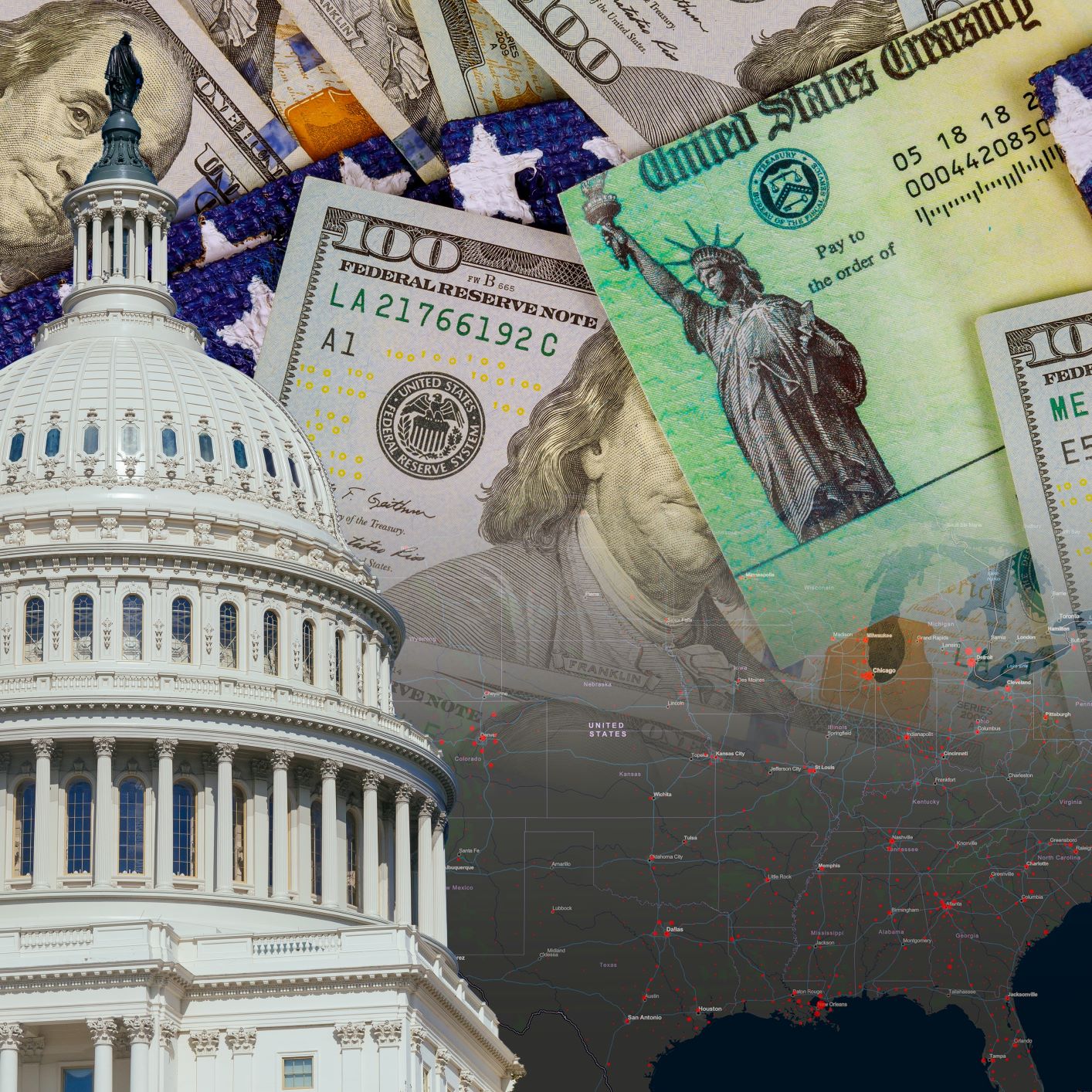This website uses cookies so that we can provide you with the best user experience possible. Cookie information is stored in your browser and performs functions such as recognising you when you return to our website and helping our team to understand which sections of the website you find most interesting and useful.
IRS Developments With Employee Retention Credit and Payroll Reporting for Paid Leave

On March 27, 2020, Congress passed and the President signed into law the Coronavirus Aid, Relief, and Economic Security (CARES) Act. In a matters of days, the IRS issued timely and essential information concerning the impact of CARES to businesses, employers and employees. Below, we highlight some of the key updates.
FAQ on the Employee Retention Credit
On March 31, the IRS released updated information on the Employee Retention Credit under the CARES Act, including frequently asked questions and applicable examples. The FAQs address several timely and relevant inquiries from employers, including “who is an eligible employer?” and “how does an eligible employer claim the refundable tax credit for qualified wages?”
As a reminder, the credit is intended to encourage businesses to keep their employees on payroll by offering a refundable payroll tax credit of 50 percent of wages paid to employees during the coronavirus crisis. This tax credit is available to employers that had:
- their operations partially or fully suspended by the COVID-19 shutdown order; or
- experienced a drop of 50 percent or more in gross receipts compared with the prior year.
The Employee Retention Credit is based on wages an employer pays to its employees and covers the first $10,000 of compensation, including health benefits, paid to an eligible employee. There are different applications for this new credit depending un whether the employer has more than 100 employees, and 100 employees or less.
New Form 7200
In addition, the IRS finalized Form 7200, Advance Payment of Employer Credits due to COVID-19, to allow immediate reimbursement to eligible employers. According to the IRS, if an employer’s Employee Retention Credit exceeds its payroll liabilities (basically its Social Security taxes), the employer may receive an advance payment or a cash refund from the IRS by filing this form.
In the Form 7200 instructions, the IRS advises that employers should first attempt to minimize employment tax payments to account for the credits before filing Form 7200.
Payroll Reporting for the New Paid Leave Program
On March 31, the IRS also released Notice 2020-22, Relief from Penalty for Failure to Deposit Employment Taxes, to provide penalty relief to employers that failed to pay taxes on qualifying sick leave wages and family leave wages under the Families First Coronavirus Response Act (FFCRA) as well as allocable health plan expenses. This notice is also applicable for employment tax payments that were lowered due to the anticipation of the Employee Retention Credit (for the period April 1 to December 31, 2020 and the period of March 13 to December 31, 2020).
Notice 2020-22 indicates: “This relief ensures that such employers may pay Qualified Leave Wages required by the FFCRA or Qualified Retention Wages under the CARES Act using Employment Taxes that would otherwise be required to be deposited without incurring a failure to deposit penalty. This notice applies to: (1) deposits of Employment Taxes reduced in anticipation of the credits with respect to Qualified Leave Wages paid with respect to the period beginning April 1, 2020, and ending December 31, 2020; (2) and in anticipation of the Employee Retention Credits with respect to Qualified Retention Wages paid with respect to the period beginning on March 13, 2020, and ending December 31, 2020.”
Ultimately, this Notice ensures qualifying employers will not incur penalties for neglecting to pay qualified sick leave wages and family leave wages.
Key Takeaways
This guidance is intended to assist businesses with understanding the changing legislation during these uncertain times.
This publication contains general information only and Sikich is not, by means of this publication, rendering accounting, business, financial, investment, legal, tax, or any other professional advice or services. This publication is not a substitute for such professional advice or services, nor should you use it as a basis for any decision, action or omission that may affect you or your business. Before making any decision, taking any action or omitting an action that may affect you or your business, you should consult a qualified professional advisor. In addition, this publication may contain certain content generated by an artificial intelligence (AI) language model. You acknowledge that Sikich shall not be responsible for any loss sustained by you or any person who relies on this publication.




